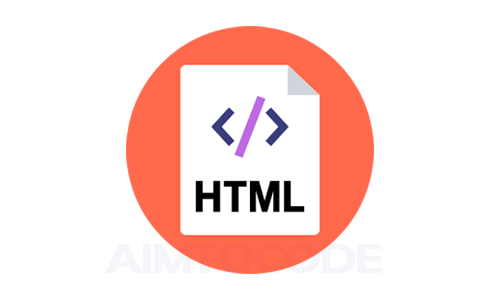HTML <Image> Tag and Its Example
HTML image tag:
The <img> element is one of the most important in web designing and to displaying a static image on a page. You should normally use it whenever an image is actually a part of the content.
All<img> tags must have a defined src attribute. This defines the image to be displayed. Typically, the src is a URL, but a data representation of the image can also be used in some cases.
Example :
Output :

Image Alignment Attributes
The HTML <img> tag also supports the following additional attributes −
| Attribute | Value | Description |
|---|---|---|
| align | top bottom middle left right |
Deprecated− Specifies the alignment for the image. |
| alt | text | Specifies alternate text |
| border | pixels | Deprecated − Specifies the width of the image border. |
| crossorigin |
anonymous use-credentials | It allows images from third-party sites that allow cross-origin access to be reused with canvas. |
| height | pixels or % | Specifies the height of the image. |
| hspace | pixels | Deprecated − Amount of white space to be inserted to the left and right of the object. |
| ismap | URL | Defines the image as a server-side image map. |
| longdesc | text | Deprecated − Specifies a URI/URL of a long description - this can elaborate on a shorter description specified with the alt attribute. |
| src | URL | the url of an image |
| usemap | #mapname | Defines the image as a client-side image map and used alongwith <map> and <area> tags. |
| vspace | pixels | Deprecated − Amount of white space to be inserted to the top and bottom of the object. |
| width | pixels or % | Sets the width of an image in pixels or in %. |
Browser Support:
| Chrome | Firefox | IE | Opera | Safari | Android |
|---|---|---|---|---|---|
| Yes | Yes | Yes | Yes | Yes | Yes |